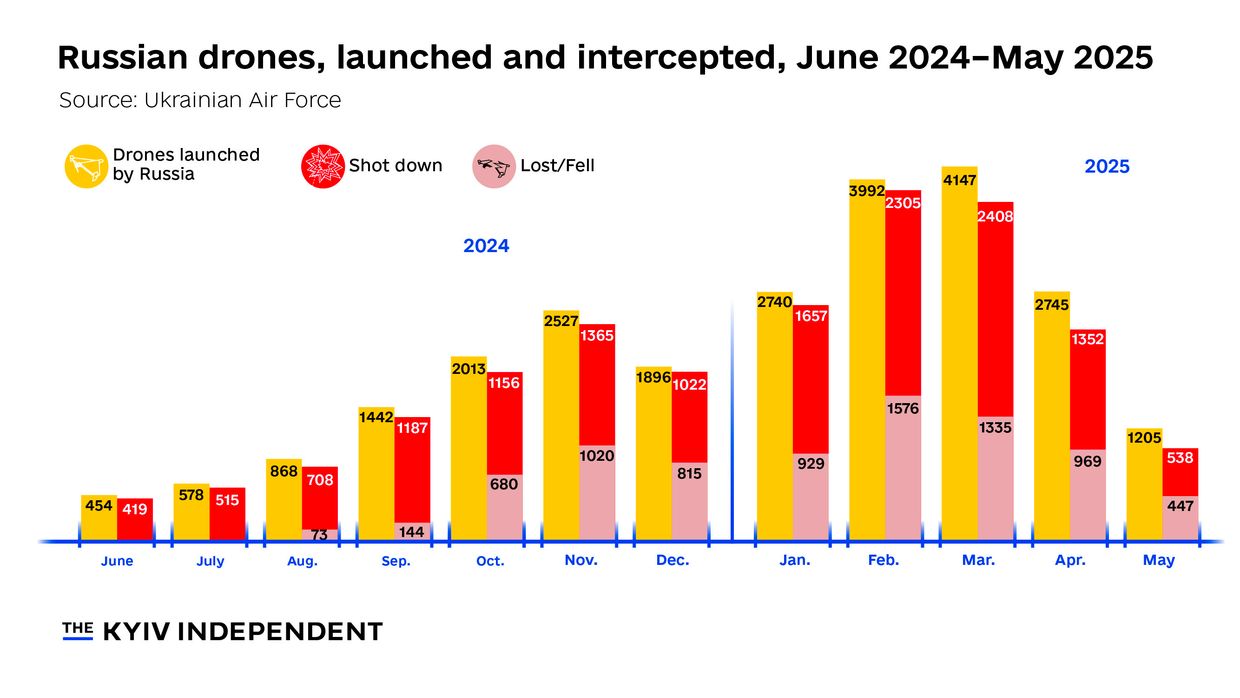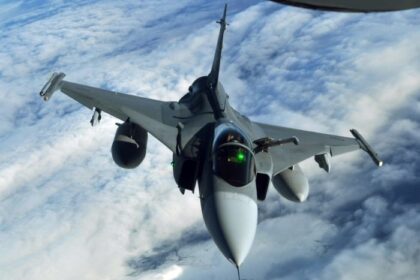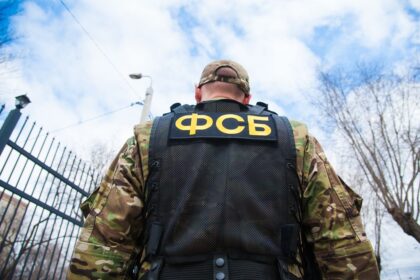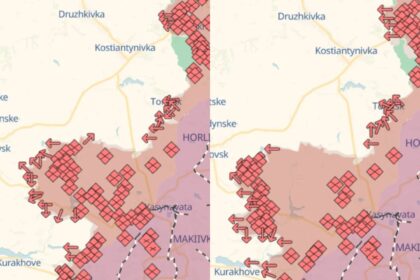**Russia’s Drone Upgrade Threatens Ukraine’s Air Defenses**
In recent months, Russia’s air strikes on Ukraine have become increasingly deadly. One major factor behind this uptick is the improved capabilities of Russia’s preferred deep-strike weapon: the Shahed drone.
The Iranian-designed and Russian-manufactured drones have been a staple of Moscow’s attacks since 2022. But with new upgrades, including jet engines and Starlink satellite attachments, they’ve become even more formidable opponents for Ukraine’s air defenses.
**Faster, Higher, and More Deadly**
According to Oleksiy, the commander of a mobile air defense unit in northwest Kyiv, Russia is now sending Shaheds flying at speeds of up to 477 kilometers per hour. This allows them to fly higher (up to 2 kilometers) and carry bigger payloads (up to 90 kilograms).
In contrast, Ukrainian air defenses have traditionally struggled with low-flying drones that are harder to detect. At lower altitudes, air defense teams like Oleksiy’s have only around five seconds to spot, target, and destroy the drones.
**New Programming and Starlink Terminals**
But what’s most concerning for Ukraine is not just the speed and altitude of these drones, but also their apparent ability to evade detection and fly more erratically. Some Shaheds now avoid light sources like flashlights, making them harder to spot.
Moreover, some drones are being guided online by Russian pilots, who can track the position of Ukrainian air defense teams and adjust the drone’s flight path accordingly. The presence of Starlink Terminals on these drones also means they can stay connected to their pilots in real-time, allowing for more precise targeting.
**Ukraine’s Air Defenses Adapt**
Despite these challenges, Ukraine’s mobile defense teams have improved significantly over the past two years. Oleksiy’s team, for example, successfully shot down six Shaheds during March using a combination of thermal vision and coordination with other air defense units across the country.
The use of advanced applications like Visage and Delta has also streamlined communication and tracking between air defense groups. Even thermal vision targeting and shooting are now linked via tablet applications, making it easier for teams to share screens and coordinate their efforts.
**Conclusion**
As Russia continues to upgrade its drone capabilities, Ukraine’s air defenses must adapt to stay effective. The stakes are high, but with improved coordination and communication, Ukraine’s mobile defense teams can continue to counter the threat posed by these deadly drones.












